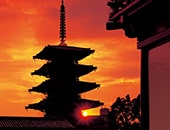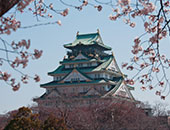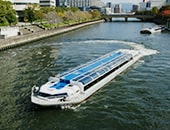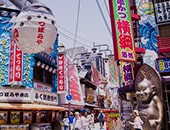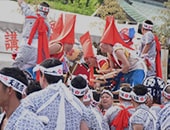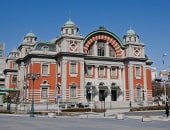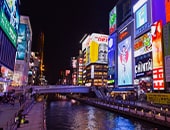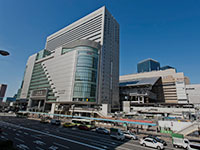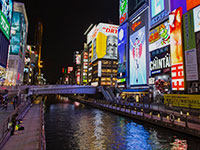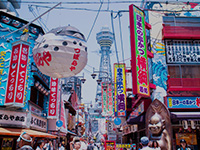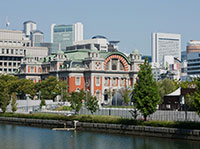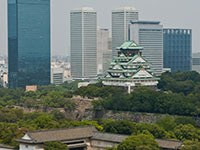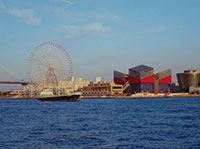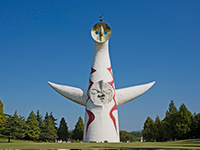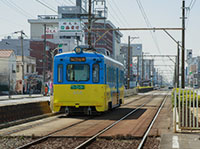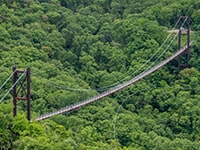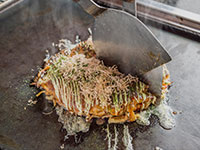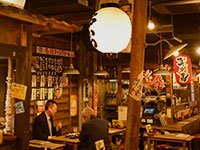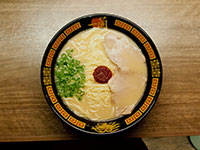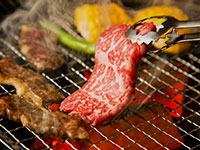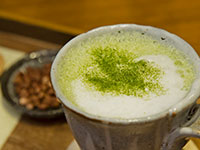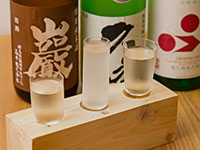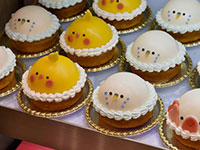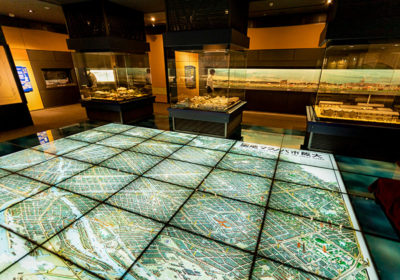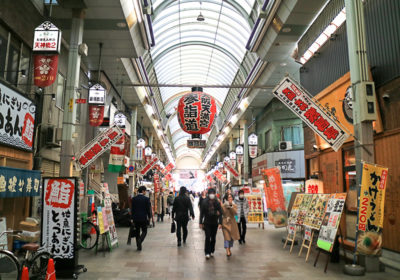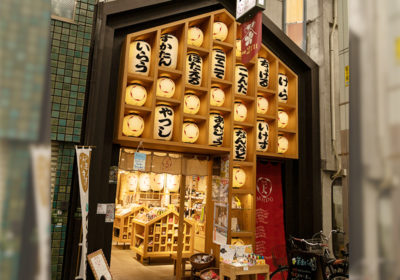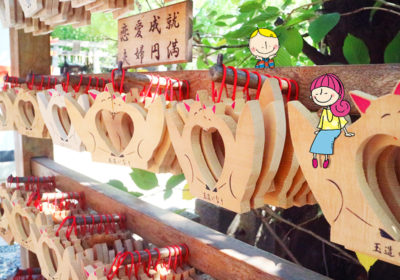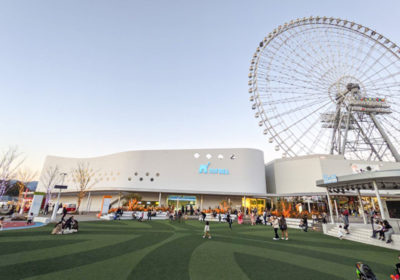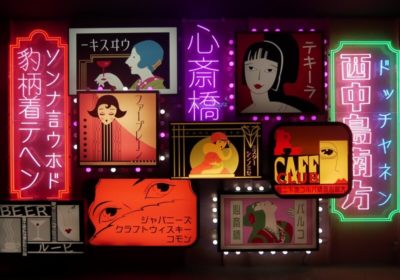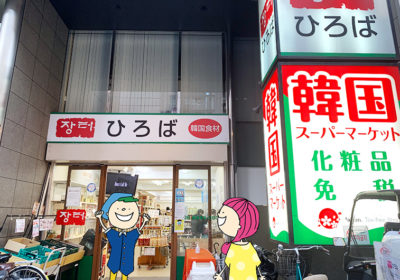

Osaka Bob FAMILY
The metaverse is great but…Here are 5 reasons you’d enjoy a trip to the real Osaka Museum of Housing and Living
Maido! Osaka Bob here!
Recently the metaverse seems to be on everyone’s mind, which brings up the topic of virtual reality. Recently I got to experience Osaka using virtual reality and it was amazing! I can’t believe some of the advances in technology.
And if virtual is so fun, how about a real experience!?! I visited the Osaka Museum of Housing and Living to see how it looks with its fancy new ceiling renovations. They reopened in October 2022 and I’d like to share some of the reasons I think this museum is amazing too!
[Contents]
- Reason No. 1: Time Travel to Ancient Edo
- Reason No. 2: For a special photos, Osaka-cho 3-chome provides great backdrops!
- Reason No. 3: Nostalgia for Osaka’s Meiji, Taisho and Showa eras.
- Reason No. 4: Great place for a rainy day date
- Reason No. 5: Located near Tenjinbashisuji Shopping Arcade, it’s great for sightseeing
Reason No. 1: Time Travel to Ancient Edo
The Osaka Museum of Housing and Living is quite unique in that it is Japan’s first museum that focusses on the themes of “Housing ” and “Living”. Your traditional image of museums might be that they are places to look at exhibits, but this museum challenges that. The goal is to have you experience life in Osaka during the Edo period (1648–1864) as it has been recreated under the scholarly expertise of museum curators. So let’s see what’s inside…
Osaka-cho 3-chome. Feel the excitement of the city!
Start on the 10th floor and make your way down to the streets of Edo as they unfold before your eyes. This recreated imaginary town is called Osaka-cho 3-chome, which is a recreation of how the streets of Osaka would have appeared in the 1830s.
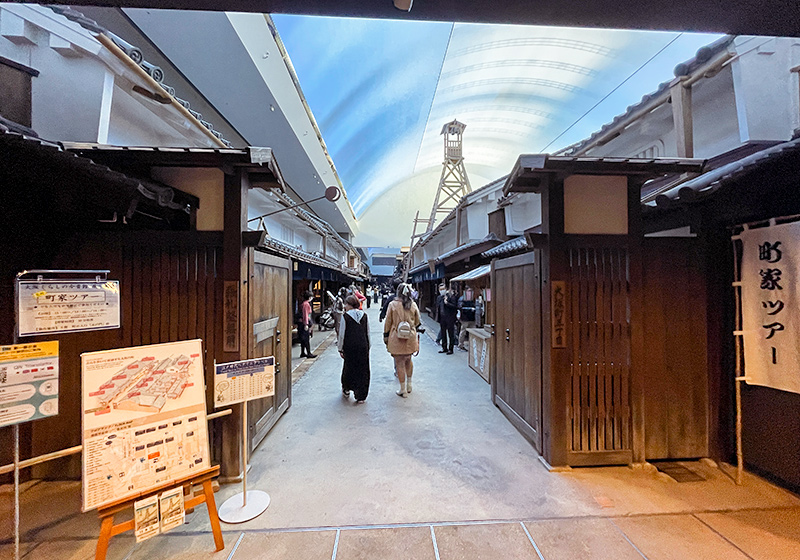
Step through the gate and into the past. The first thing I noticed was this doll shop. The displays are colorful with ornate kites and papier-mâché figures (hariko) lined up on shelves.
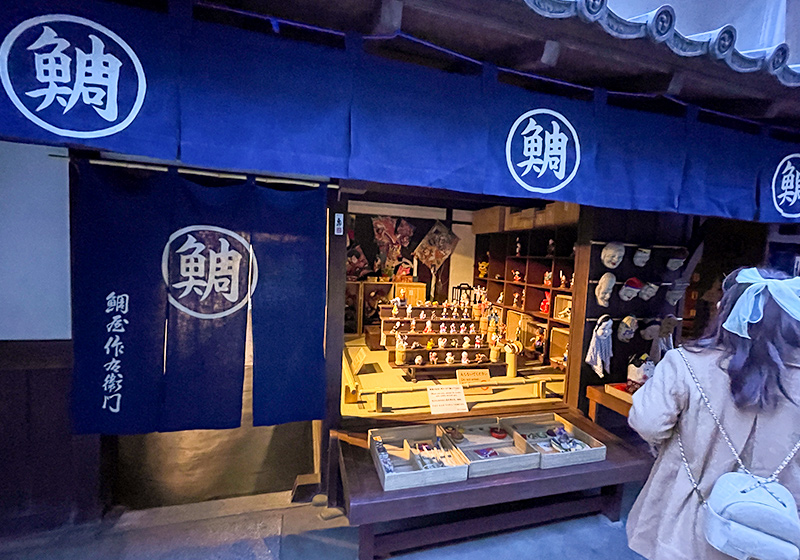
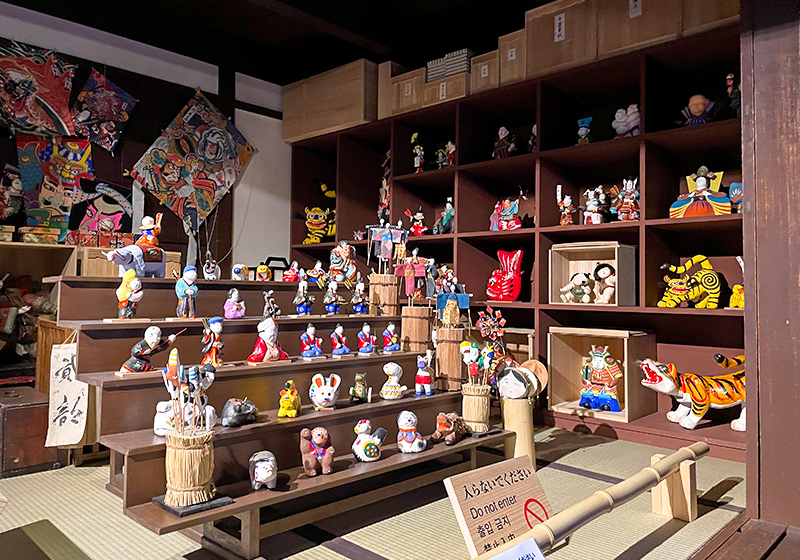
At the front of the store, there are boxes of toys and trinkets that are waiting to be picked up and played with—tops and handheld pellet drums (den-den daiko). I was surprised at how hard it is to spin a top!
I also passed a book store stocked with new magazines, old books, and posters of stage actors. One shop had an Elekiter, a new invention at the time, and other novel items from overseas.
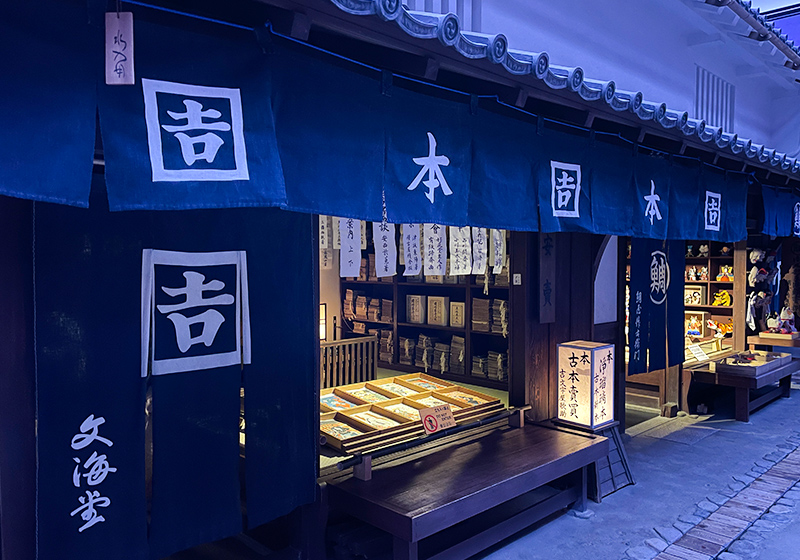
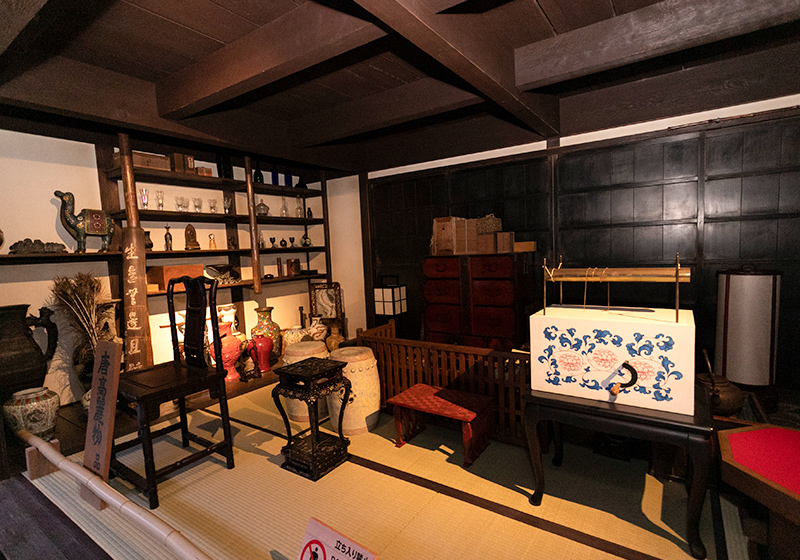
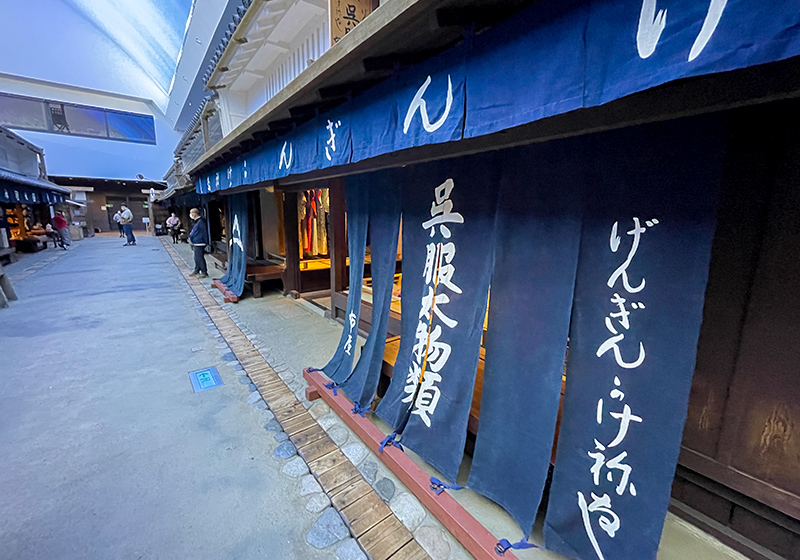
I knew that Osaka has a long history of being a merchant city, but it was so interesting to see all the shops in a row. It really feels like being in Edo period Japan!
Real items pull you into lifestyles of the Edo period.
Being here will bring you so close to what life was like in the Edo period. For example, take a look at this pharmacy storefront.
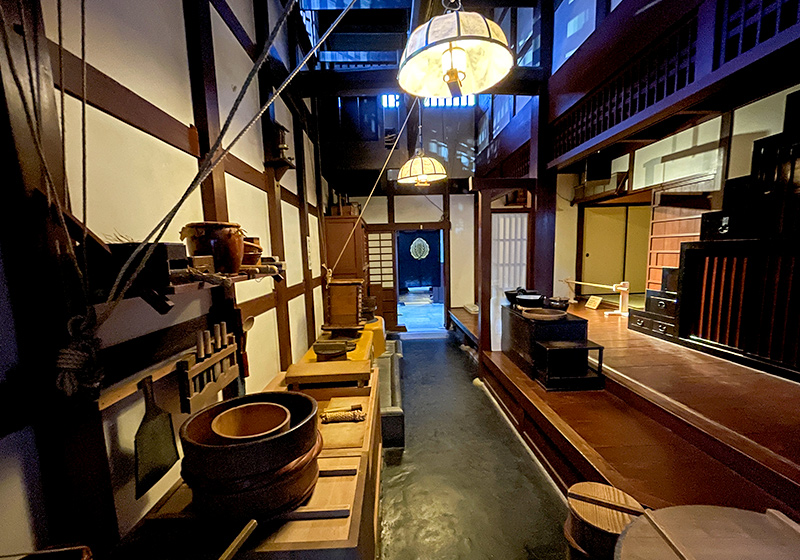
The area without floorboards is called a doma (土間) and it would have been used as a cooking area and workspace.
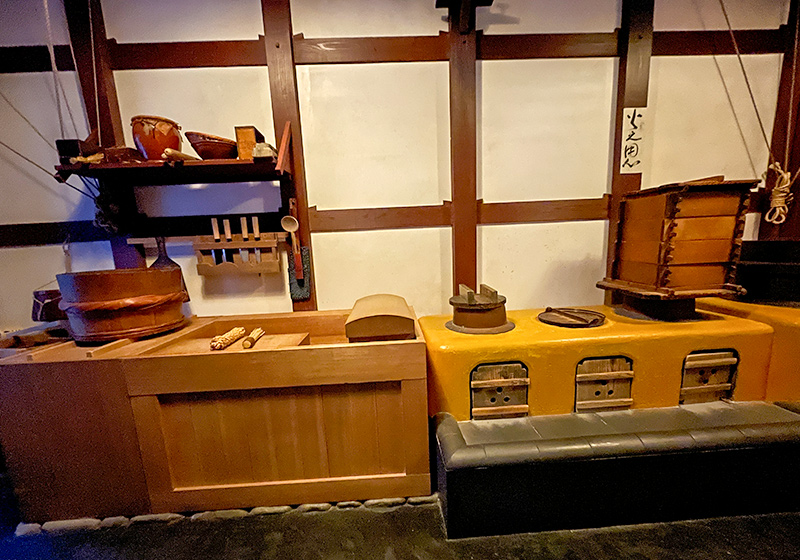
In the pharmacy, there’s an impressive hettsui (cooking range) and a hashiri (precursor to the modern sink). Essentially, this would have been the equivalent of today’s most modern kitchen cabinet units.
Scenery changes throughout the day
You may have seen photos of the museum before and thought it is an unusually dark place. And actually, it can be. Osaka-cho 3-chome experiences sunset and at times you can hear rain pattering on roofs. As time passes the scenery and ambiance changes in this replica town.
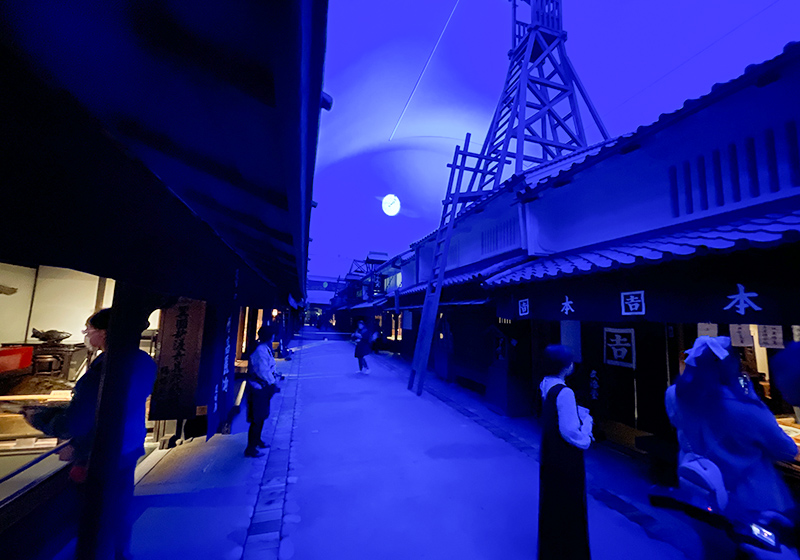
Behold! Up in the fake sky above the storefront roofs, you can see the moon!
The scenery completely transforms, creating an even more realism to this recreation of the past. The museum does an amazing job of making visitors feel like they’ve stepped back in time by paying close attention to these small details.
Reason No. 2: For a special photos, Osaka-cho 3-chome provides great backdrops!
This recreation of a town from almost 200 years ago is so realistic. And if that wasn’t enough, photography is allowed.
Here are my picks for the best photo spots
• The rows of merchant houses
In a long line these storefronts make a unique photo showcasing the styles of old Osaka. Shoot them from straight on or play with your angle to give the photo a different look.
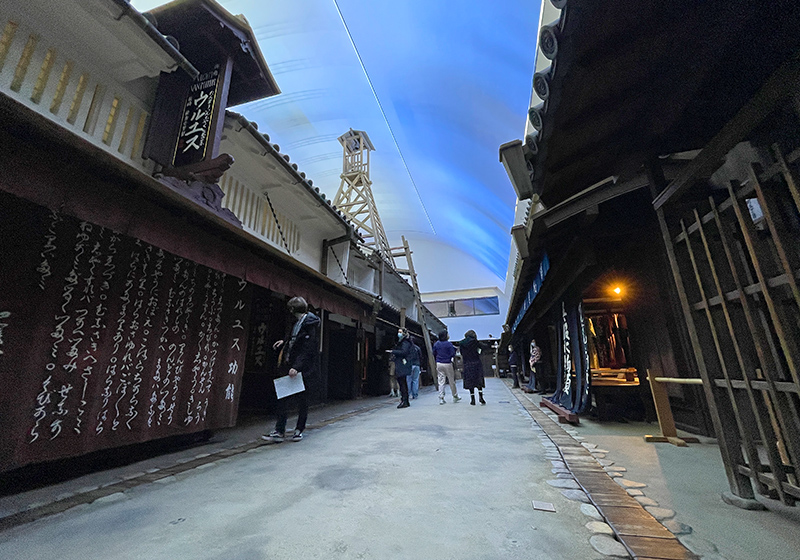
• The view from inside the storefronts
Next I tried shooting from inside the import shop. The town looks totally different when you look out from inside a building at the street and neighboring storefronts.
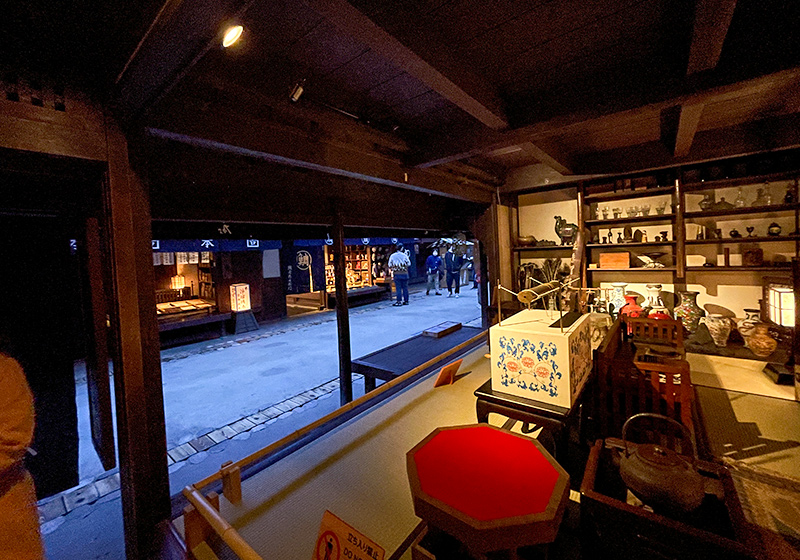
From inside the shop, I almost felt like a store employee.
• Street setting for a Japanese ghost story
And then day turns into night.
At the end of the alley, a small shrine with the name Yasusumi Daimyojin and it has a very eery vibe in the dim light.
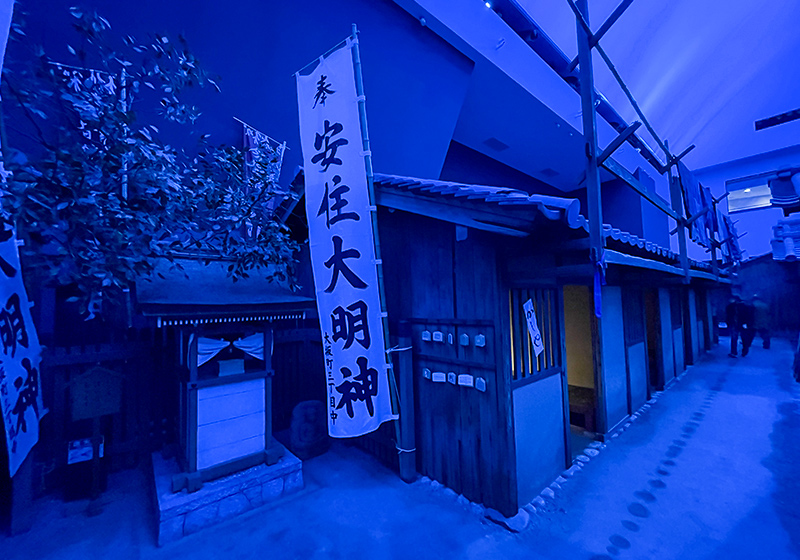
Doesn’t this seem like the perfect setting for a Japanese horror movie?
This museum does an amazing job of creating a dark atmosphere so you can experience what it would feel like during the night as well as day.
• The town’s animal residents
I spotted two adorable pups in front of the shrine.
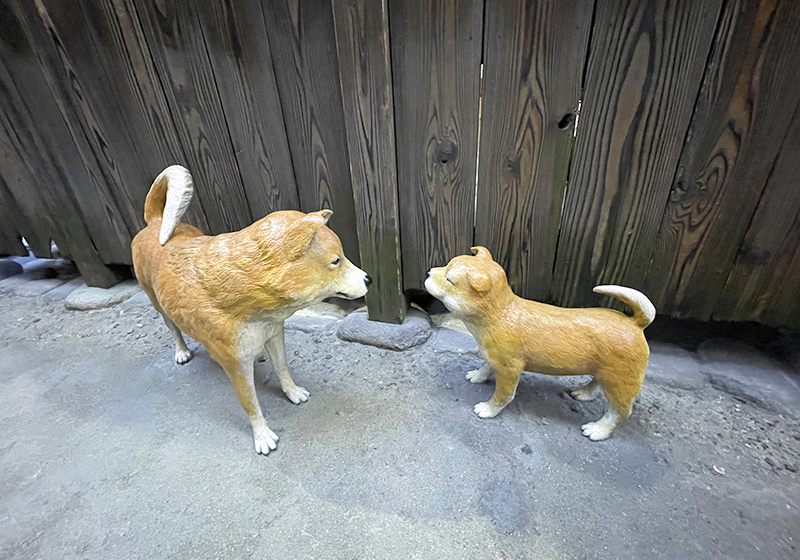
In Osaka-cho 3-chome there are actually cats, sparrows, and chickens in addition to the dogs.
Some of them are easy to find, but some of them you really have to look for. And these two dogs have names too. Meet Ten and Roku!
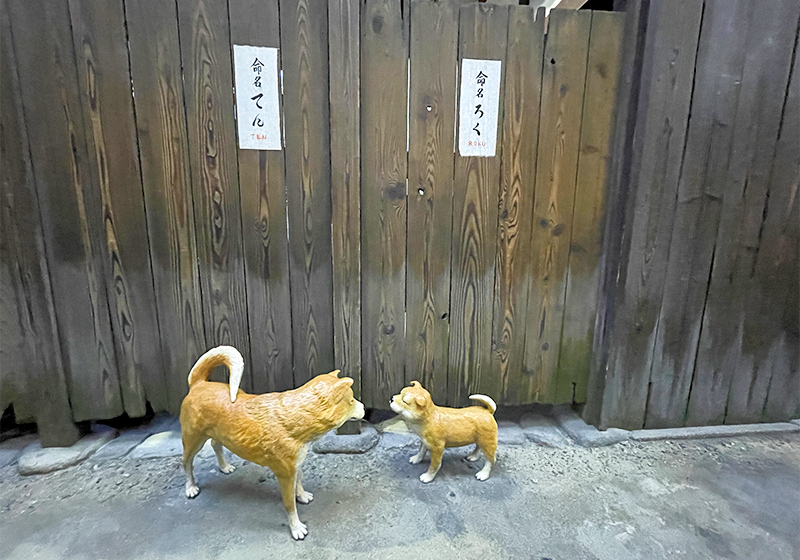
• The backstreets will show you how people really lived
During the Edo period (1603-1867), Osaka didn’t have many resident samurai. Most of the townsfolk were merchants and tradespeople. You can see how they lived when you walk through the back alley.
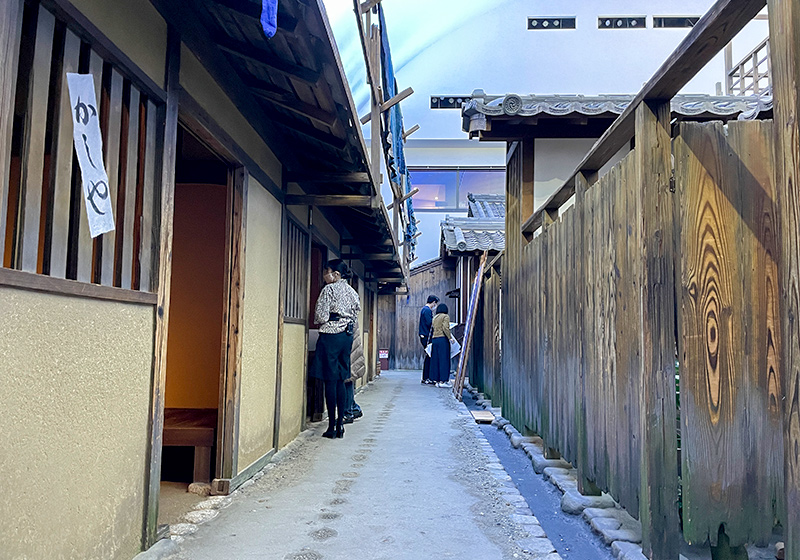
The main street is lined with store fronts, but when you come around to the back you can see the living quarters. You’ll notice a distinct difference in these two types of spaces.
One of the rooms even had a For Rent sign in the window. It looks like a nice place!
Reason No. 3: Nostalgia for Osaka’s Meiji, Taisho and Showa eras.
After that trip back in time to the Edo period, head down to the 8th floor for the exhibit on modern Osaka. This part of the museum focusses on the history and lifestyles in Osaka during the Meiji (1868–1912) Taisho (1912–1926) and Showa (1926–1989) eras.
Osaka’s Modern Period in extreme detail
First, take a look at this diorama.
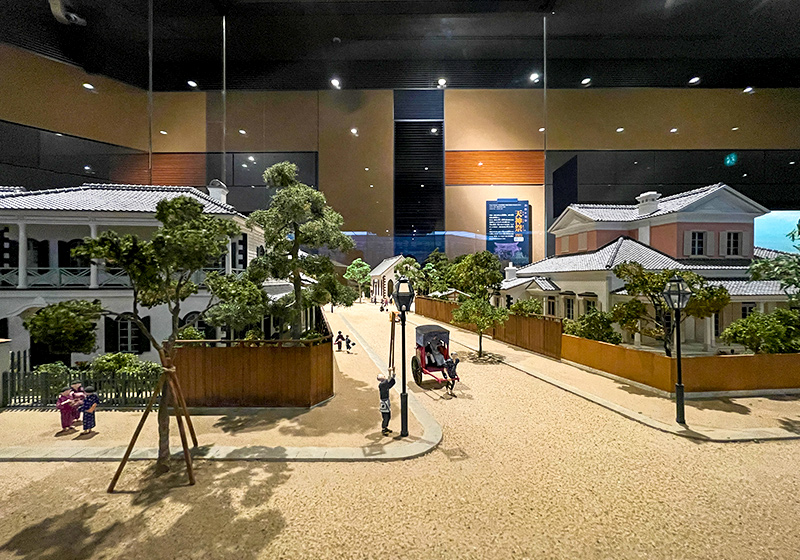
This recreation shows the foreign settlement in Kawaguchi and all the western style architecture that stood in 1884. You can see an obvious difference from the Osaka-cho 3-chome model town on the 9th floor.
It’s such a visible representation of the passage of time.

This is Tsutenkaku and Luna Park. This model shows the original Tsutenkaku Tower and the amusement park, which both opened in 1912 the new neighborhood, Shinsekai. The original Tsutenkaku looks so different from the one that stands today.
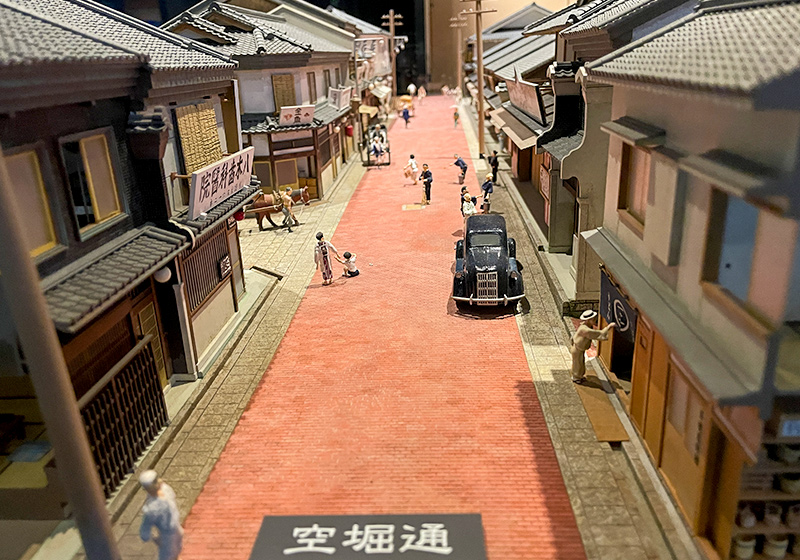
This is Karahori Shotengai in 1838. When you look straight onto the diorama, it’s almost as if you have descended onto the street itself. There are also dioramas of the Jokita Bus Housing (a public housing project that repurposed disused city buses to house those displaced during WWII), the Furuichi-Naka Housing Project which was built during the post-war period of rapid economic growth, and the Shinsaibashisuji Shopping Arcade as it appeared in 1927.
Even though I wasn’t even alive to see this scenery in person, there is something about it that makes me feel so nostalgic.
You’ll be on top of Osaka! Walk on this panorama map of the city during the Taisho era.
Right in the middle of the diorama displays, there is a huge floor map of Osaka in 1924. It sprawls across the floor and of course you can stand on top of it.
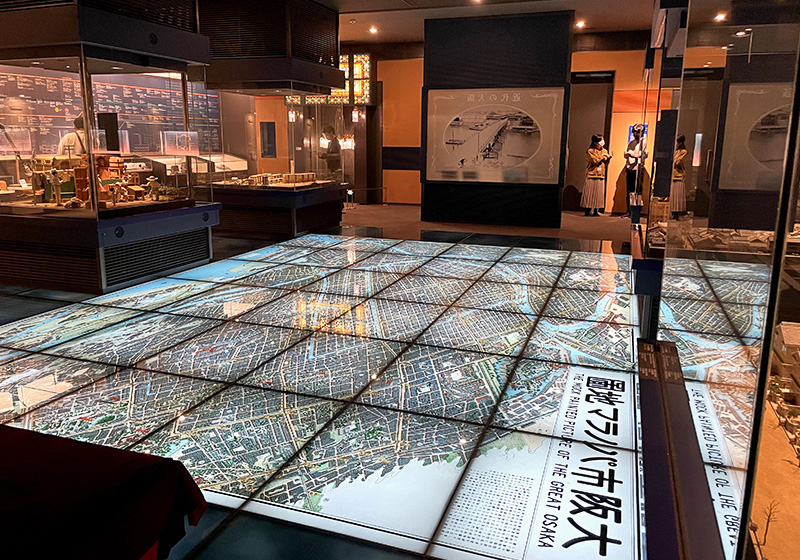
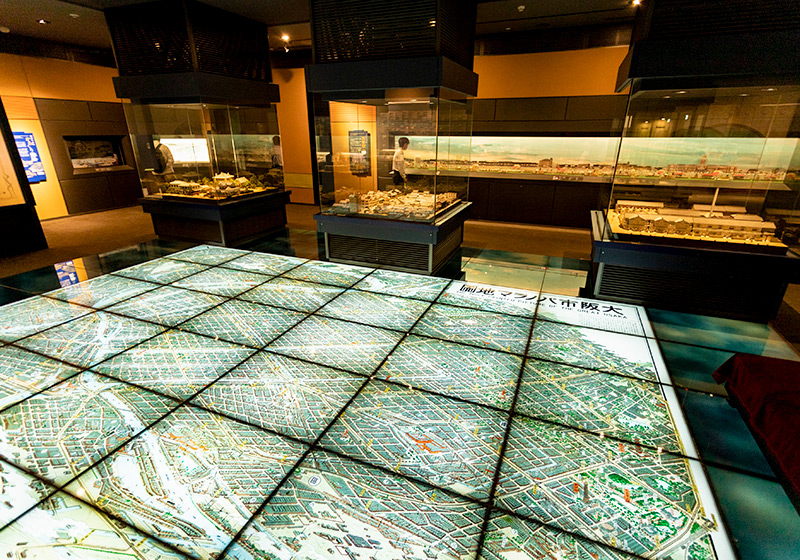
It is drawn to scale to you can get an accurate idea of the city layout. You can pick out the schools, post offices, and temples among the houses and buildings. And if you look really closely, you’ll see the names of streetcar stops written onto the map. It’s fun to identify places in the city, like Shitennoji and Shinsaibashi, and notice how they have changed.
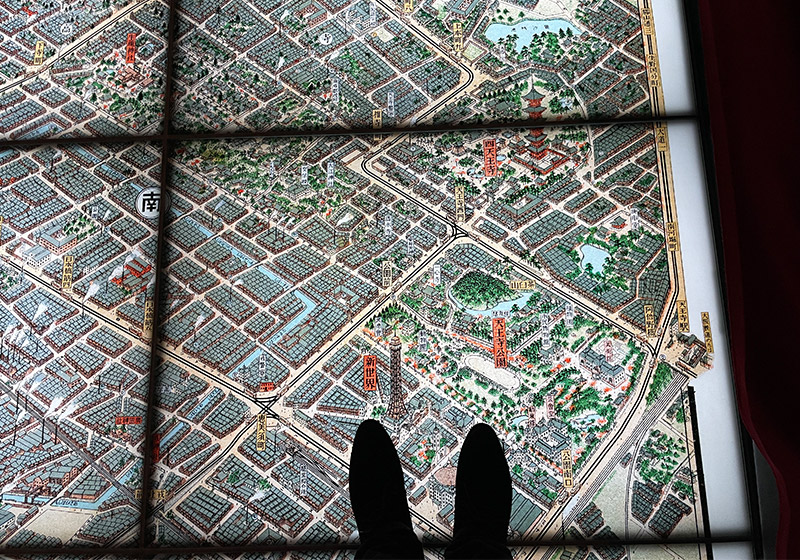
You can also see displays of different items used during this period, including televisions, refrigerators and fans on the Modern Osaka floor.
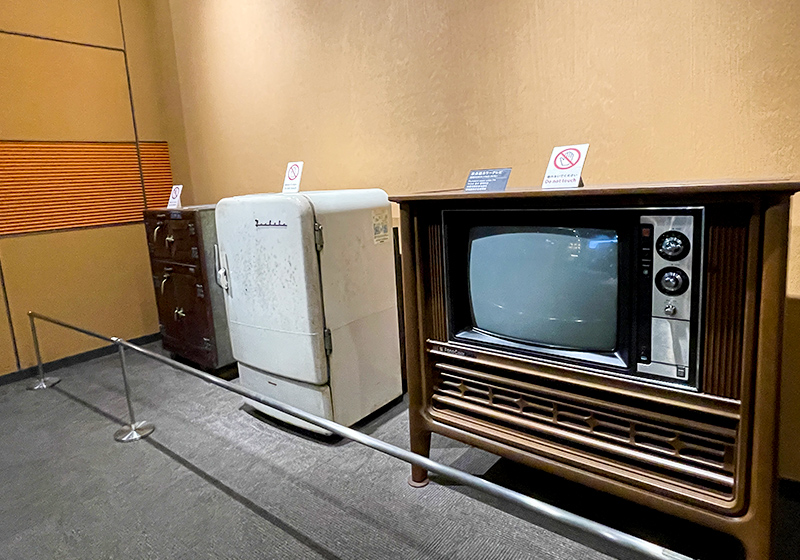
Console televisions like this one used to have a wooden frame and dials for changing the channels. These appliances would probably surprised the generations that only know today’s flat screen plasma TVs.
Reason No. 4: Great place for a rainy day date
There are many reasons to like the Osaka Museum of Housing and Living. Here’s one more—it is completely indoors. Rain can ruin your plans, especially when you are on a trip. But it never rains inside the museum.
You can see in my pictures of the recreated town, Osaka-cho 3-chome, that there is a roof overhead. It is especially apparent when you look out over the town.
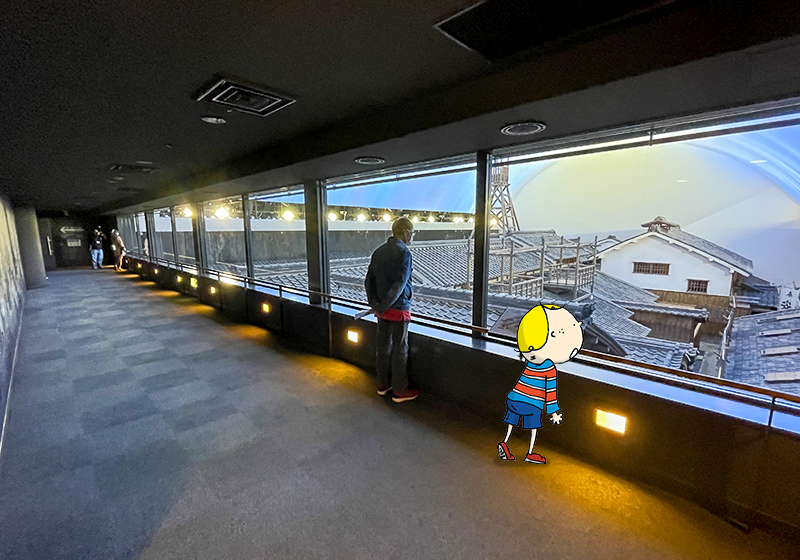
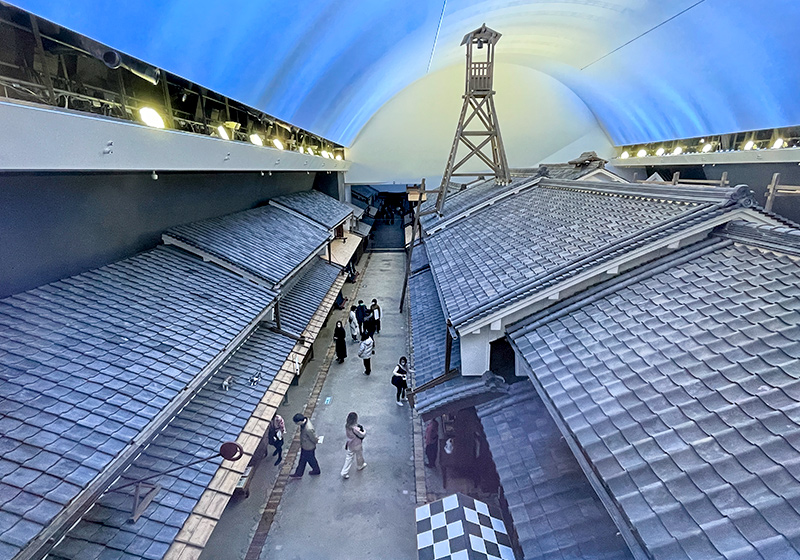
It looks like a town, but is completely covered by a roof! Plus the museum is located in the building directly above Tenjinbashisuji 6-chome on the Osaka Metro. The station has access from both Tanimachi Line and Sakaisuji Lines on the Osaka Metro so it’s easy to get here from Umeda and Tennoji.
From Tenjinbashisuji 6-chome Station, you exit from exit number 3 and follow the signs towards the museum. You’ll arrive at an elevator that you take up to the Osaka Museum of Housing and Living on the 8th floor.
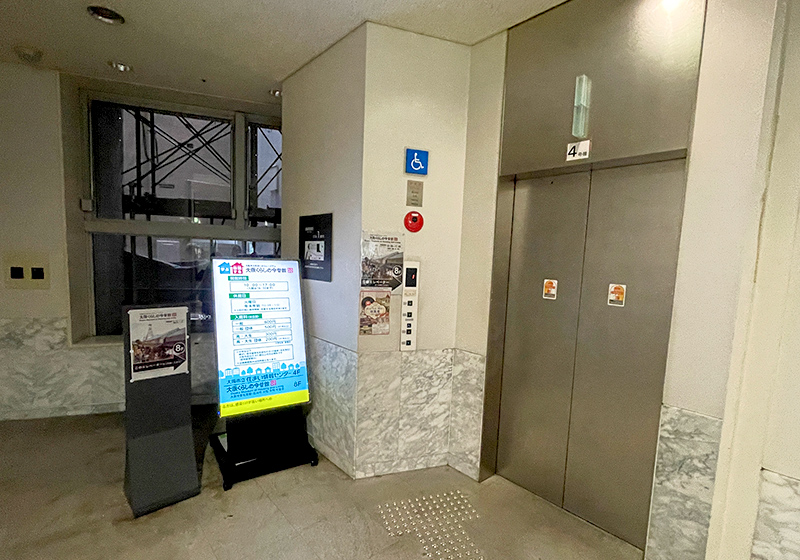
So you don’t need an umbrella on rainy days! And it’s perfectly comfortable during the hot days of summer or cold days of winter. You could also walk here from Temma Station on the JR Osaka Loop Line in about 9 minutes and you still wouldn’t need an umbrella. The entire distance is covered by the roof of the Tenjinbashisuji Shopping Arcade.
Reason No. 5: Located near Tenjinbashisuji Shopping Arcade, it’s great for sightseeing
Last but not least, another reason to visit the museum is because it’s located at the edge of Tenjinbashisuji Shopping Arcade. And this is the longest shopping arcade in all of Japan! It’s 2.6 kilometers long and stretches beyond 3 stations on the Osaka Metro. There are approximately 800 establishments in the arcade including kissaten, green grocers, cafes, restaurants, bookstores, and boutiques. The neighborhood also boasts Osaka Tenmangu Shrine, Tenma Tenjin Hanjotei, and Kids Plaza.
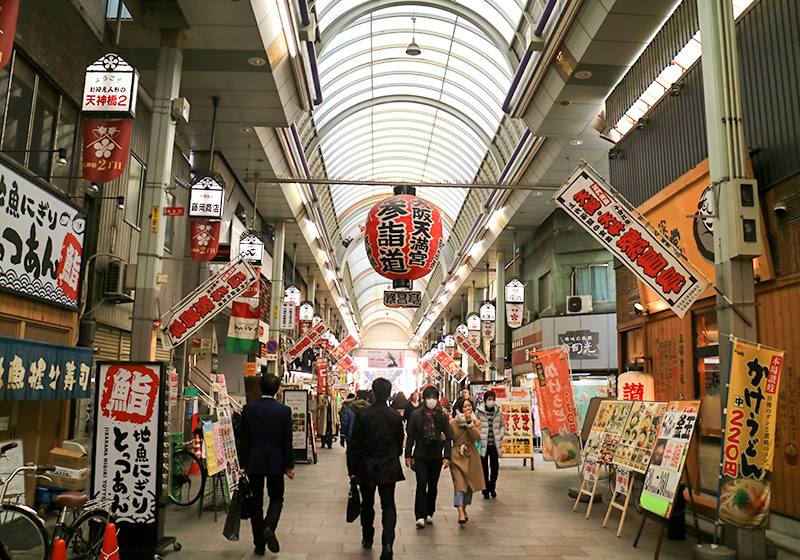
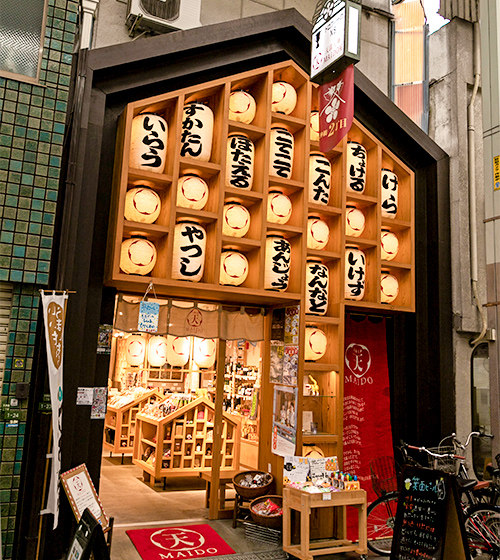
There are lots of interesting shops, restaurants that serve Osaka’s signature dishes like takoyaki and okonomiyaki, knife vendors and shops that sell artisan pieces like Tenma Kiriko glass.
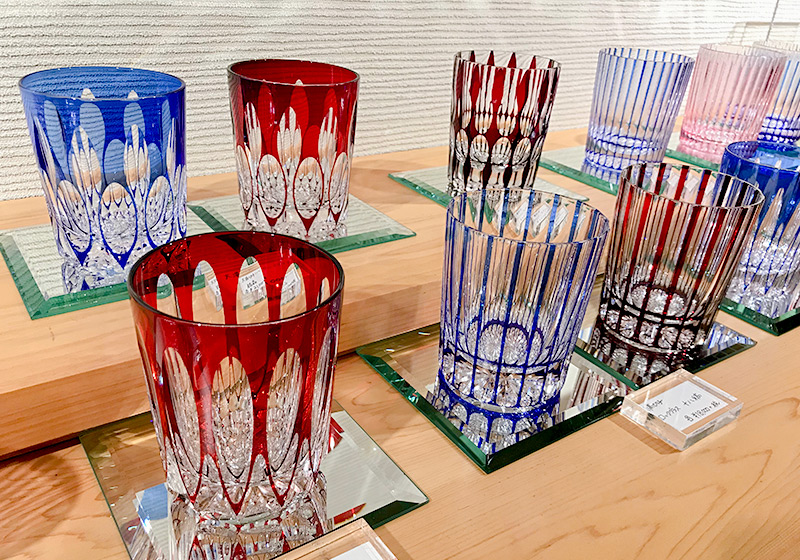
The Osaka Museum of Housing and Living is situated on the north end of Tenjinbashisuji Shopping Arcade so after the museum, head down the arcade!
So what do you think about a visit to the museum? You can experience walking down the streets of the Edo period and it’s in a great location.
And there are lockers near the entrance so you can leave your bags and walk through the museum carefree.
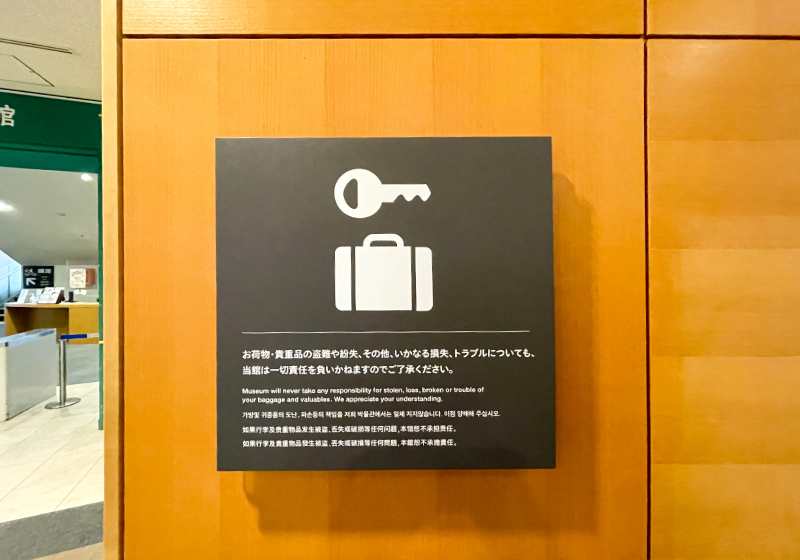
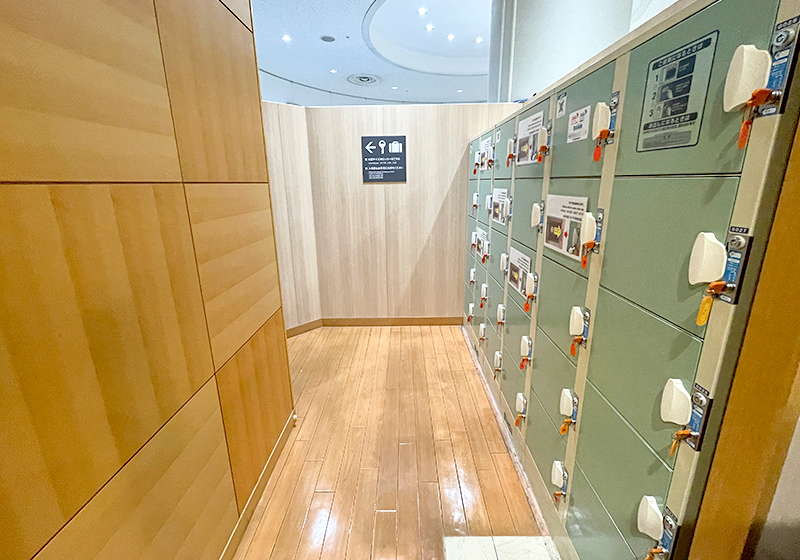
You need a ¥100 coin to operate the lockers, but your coin will pop back out when you come to get your luggage.
Also, I found some pamphlets in English. There were actually museum pamphlets available in Korean and Chinese as well.
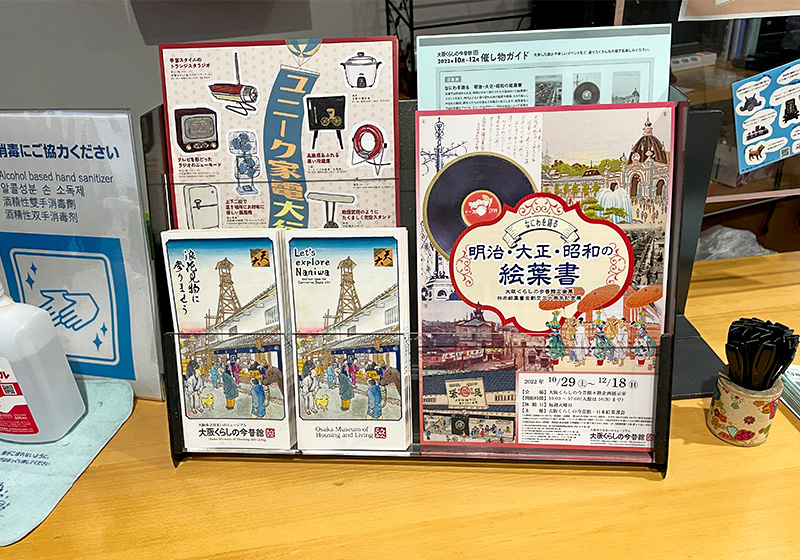
Speaking of multiple languages, there are audio guides available in Japanese, English, Korean, simplified and traditional Chinese (¥100). There is also a short film about life in Osaka during the Edo period, screened inside the replica bathhouse, which is subtitled in the aforementioned languages as well. This is a wonderful place for visitors from overseas to explore.
The metaverse is great and all, but real experiences can’t be beat! When you visit Osaka, definitely put the Osaka Museum of Housing and Living on your list!
Read more
A day with the Osaka e-Pass!
Save time and money on your trip
▼Read more
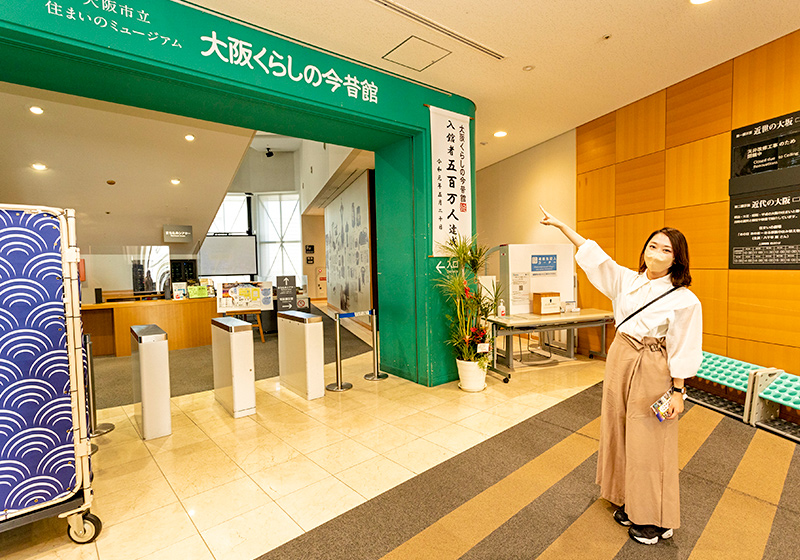 A day with the Osaka e-Pass!
A day with the Osaka e-Pass!
Save time and money on your trip

Osaka Bob FAMILY
The contents of this page were current at the time it was posted, but may differ from the present.
Text visible in this map is based on information from Map Tiler and may differ from actual geographical names.

